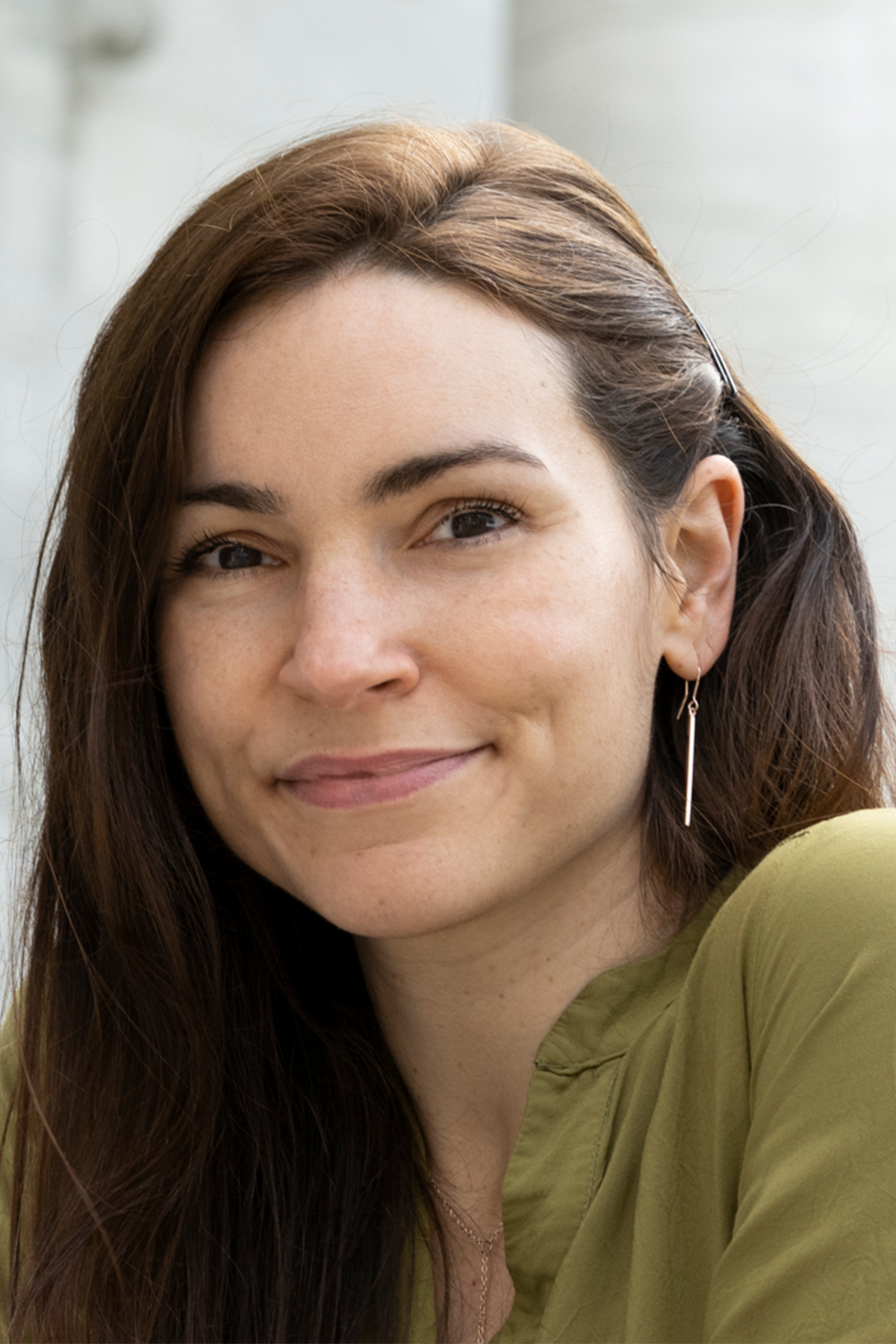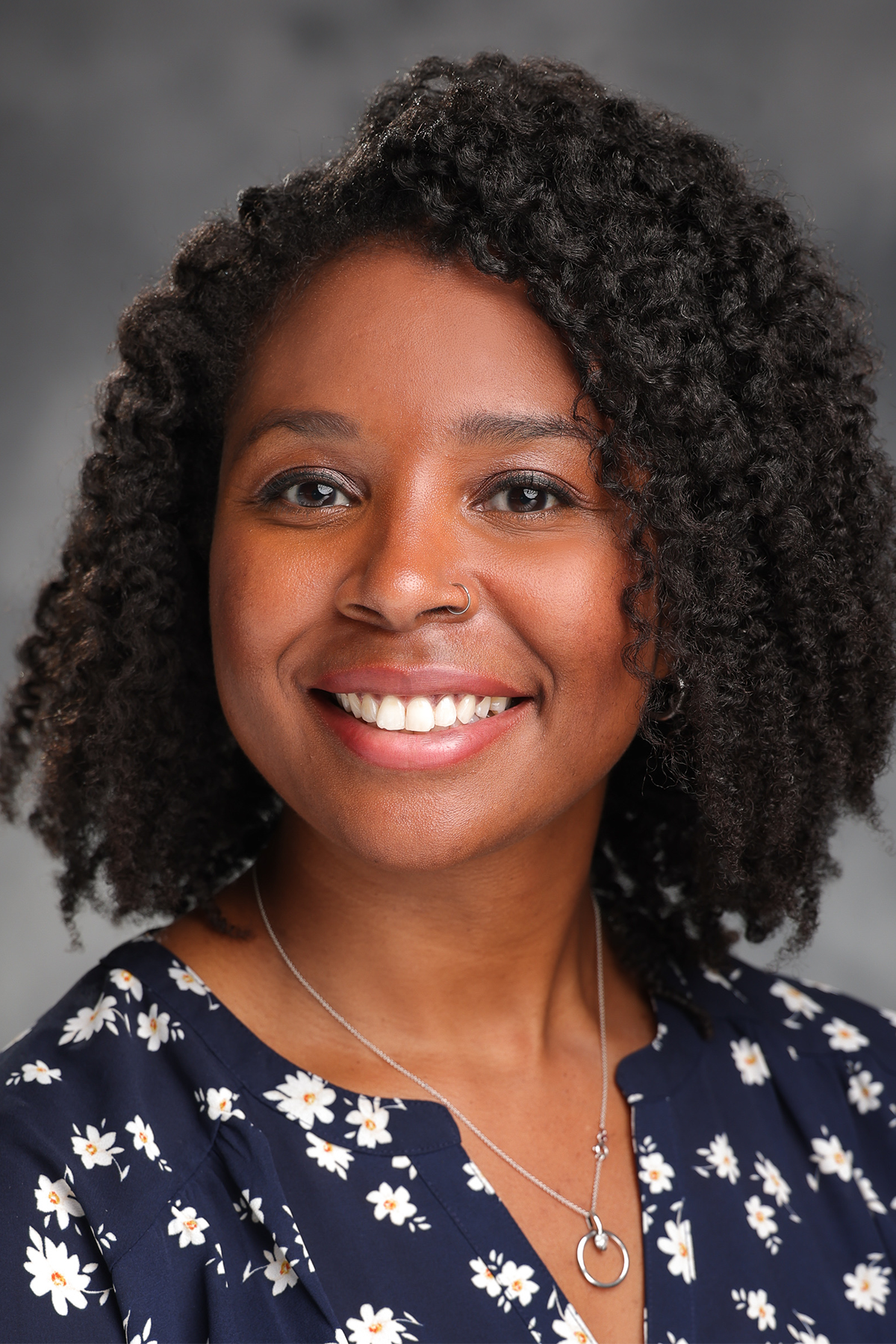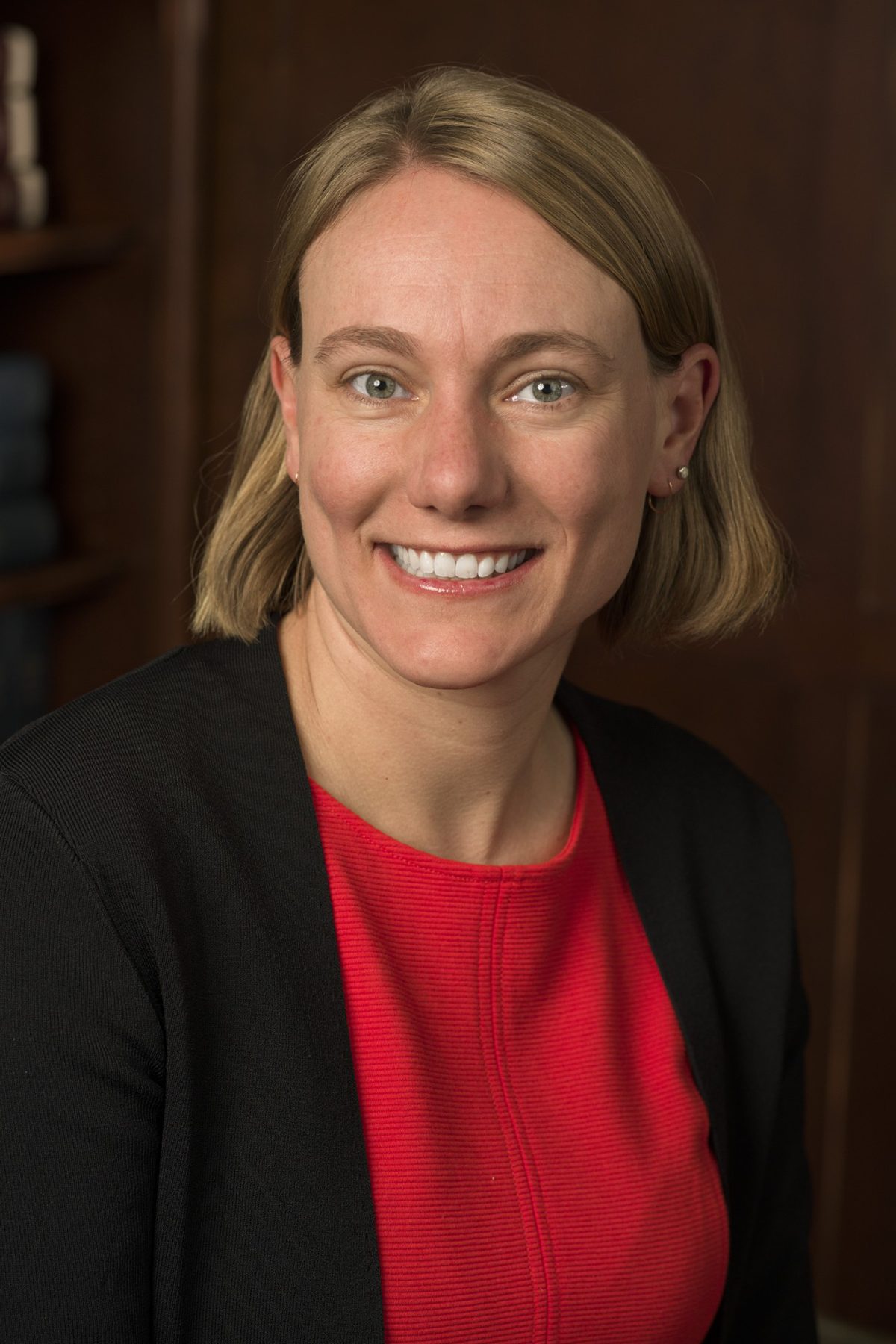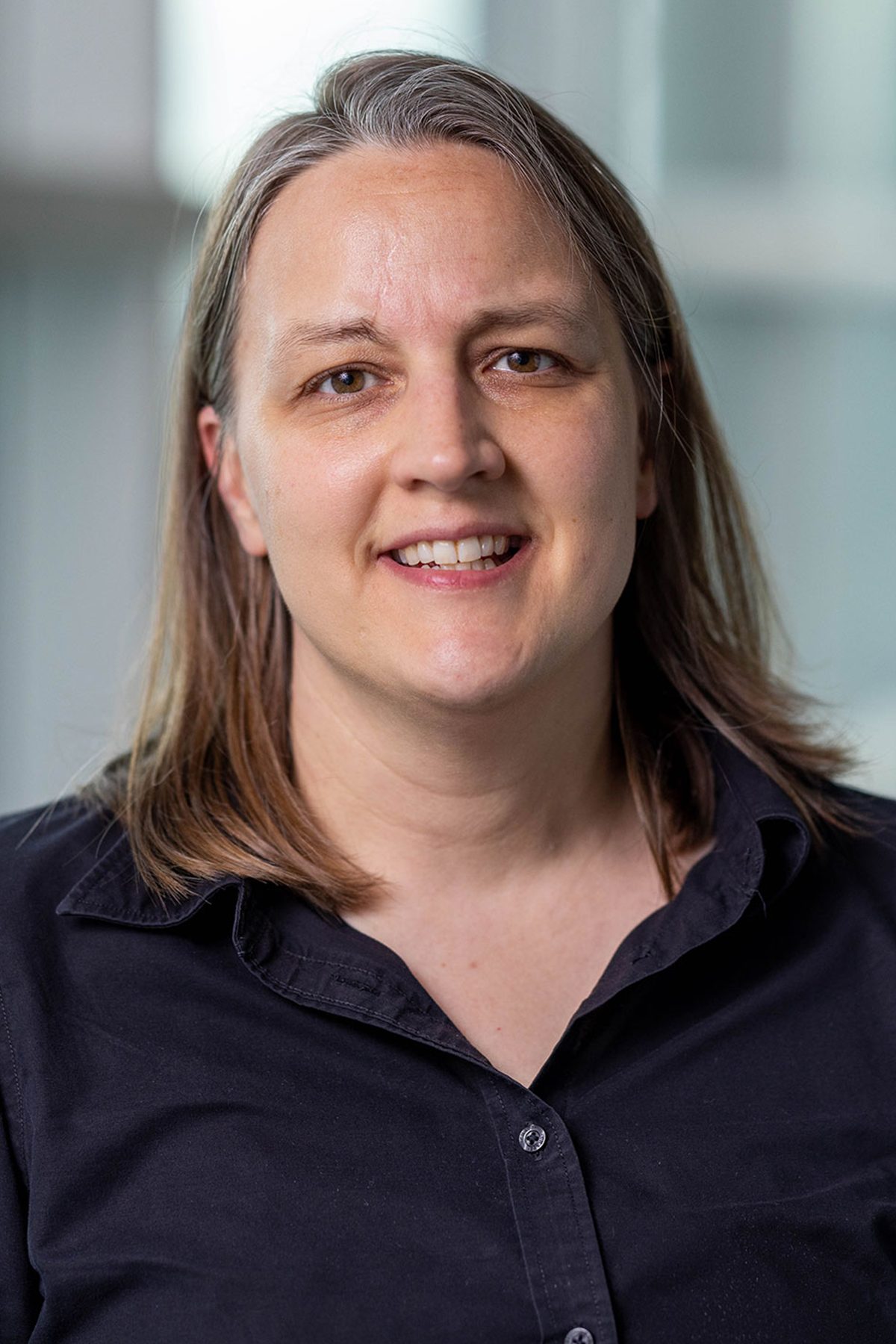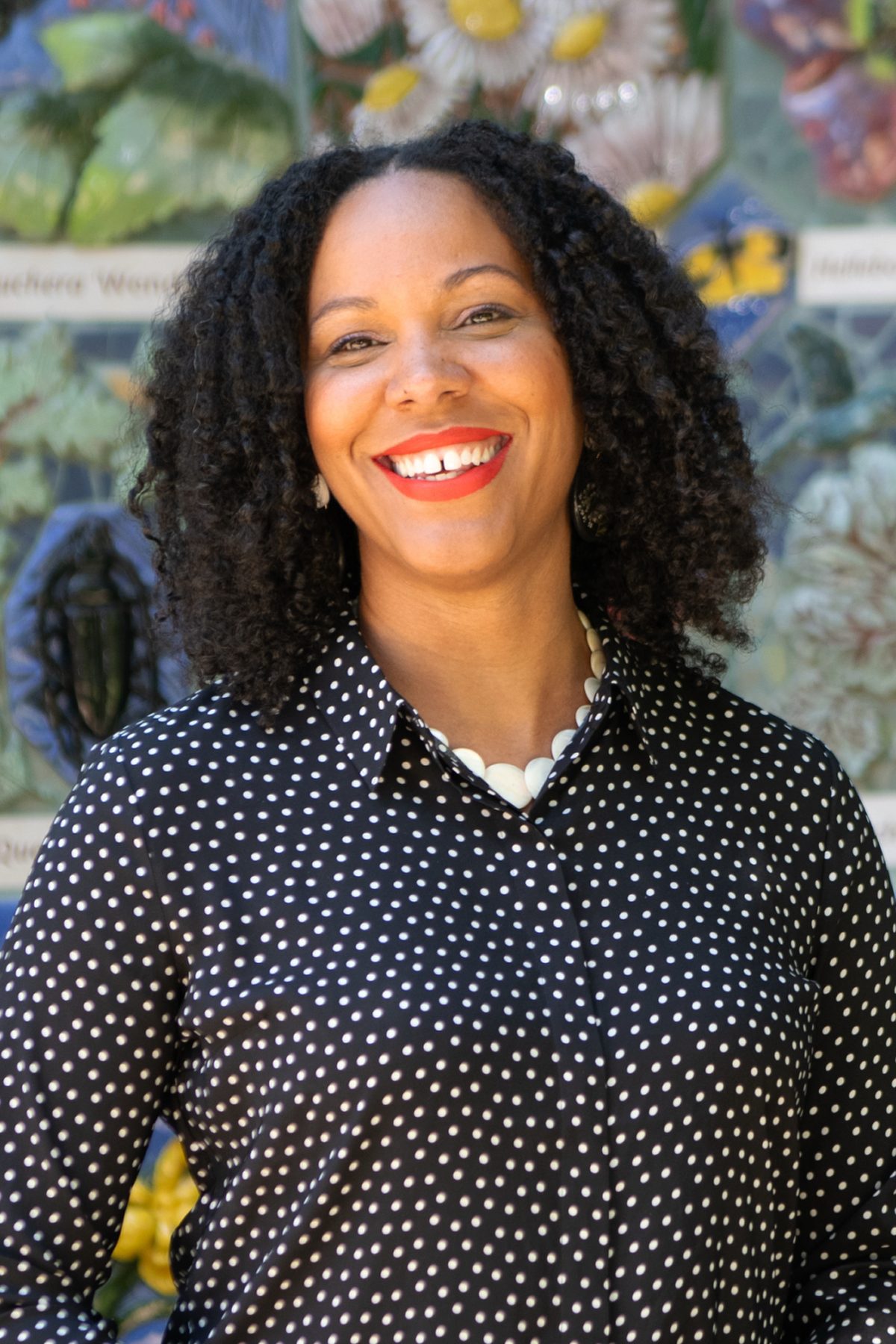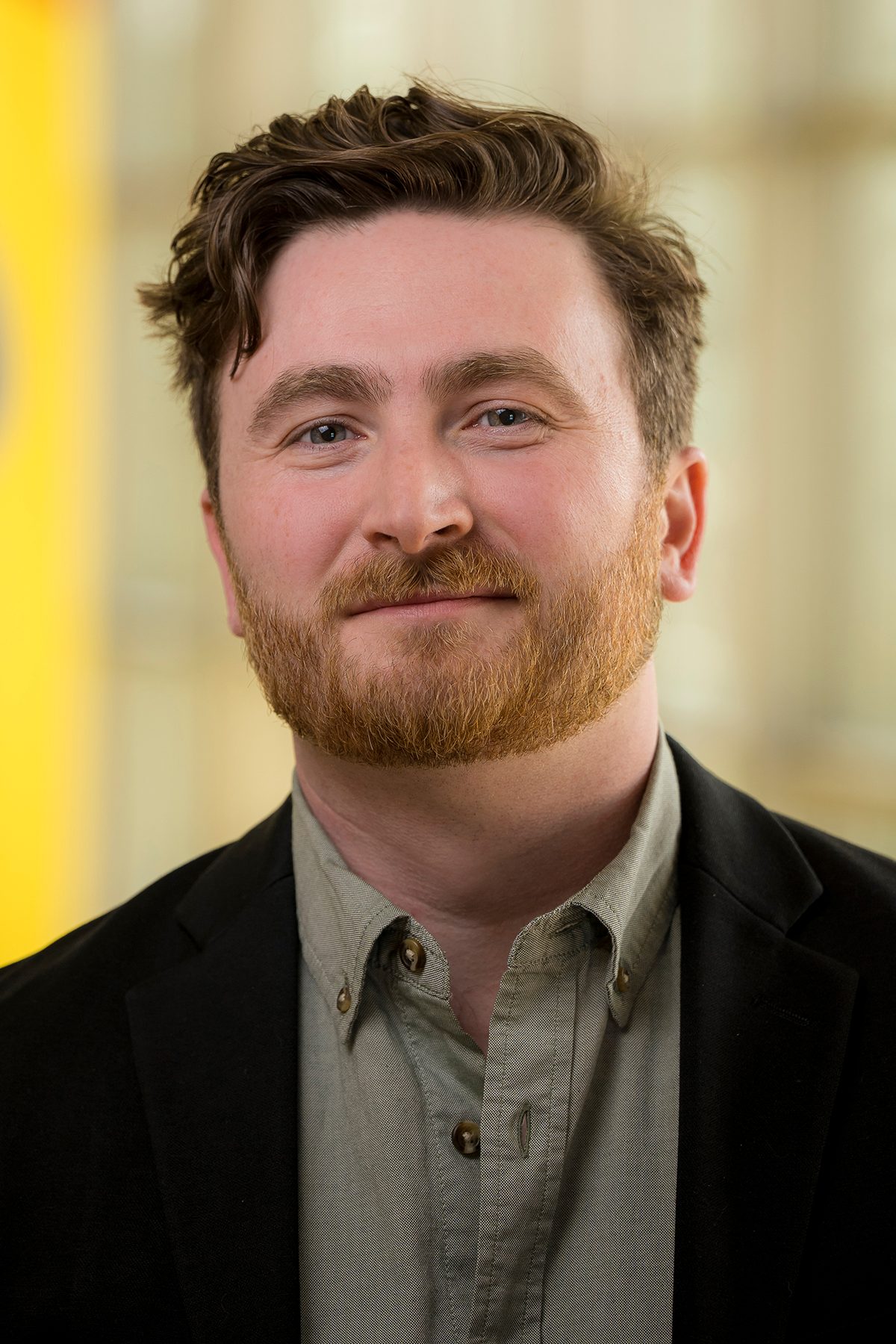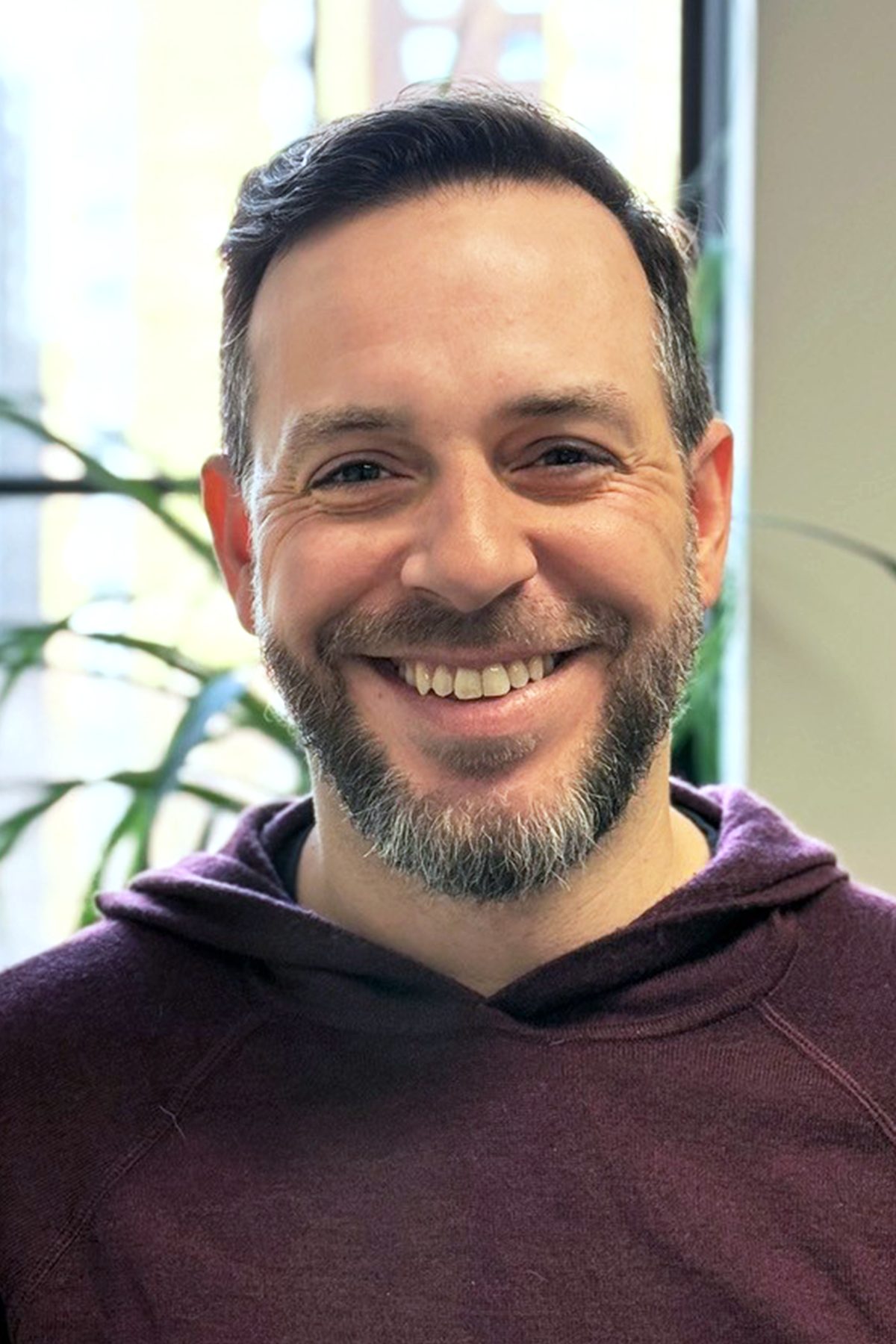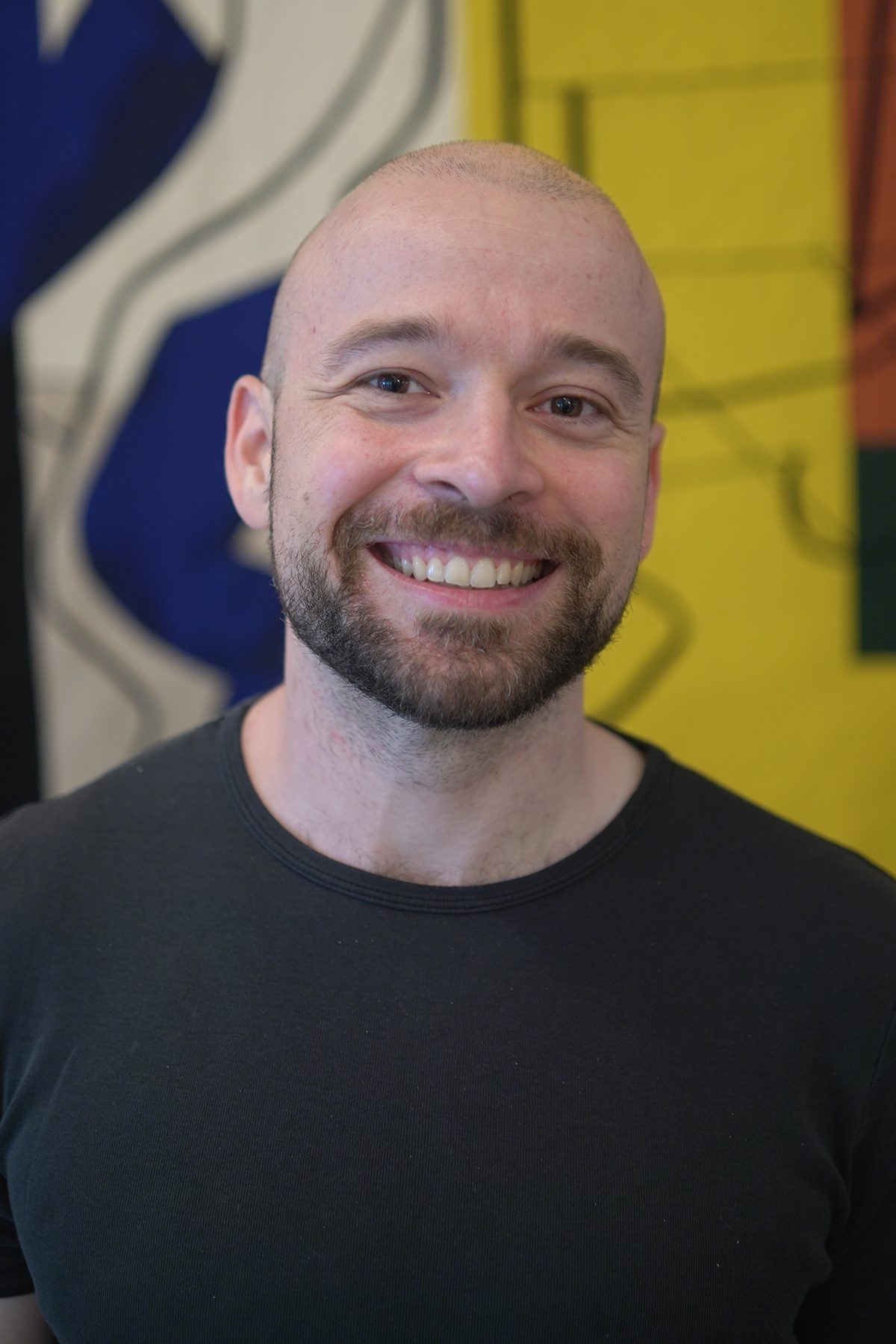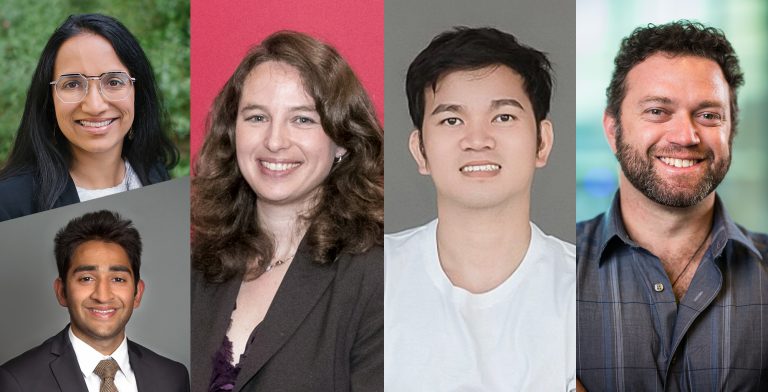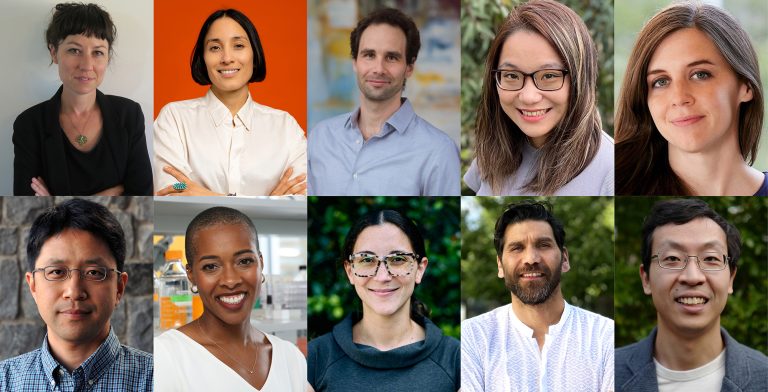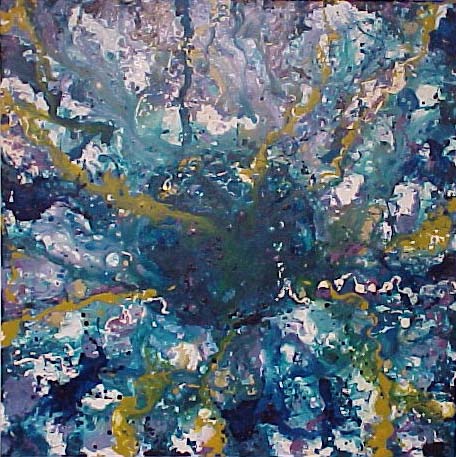The Board of Directors of The McKnight Endowment Fund for Neuroscience (MEFN) is pleased to announce it has selected ten neuroscientists to receive the 2025 McKnight Scholar Award.
The McKnight Scholar Awards are granted to young scientists who are in the early stages of establishing their own independent laboratories and research careers and who have demonstrated a commitment to neuroscience. Since the award was introduced in 1977, this prestigious early-career award has funded 291 innovative investigators and spurred hundreds of breakthrough discoveries.
“This year’s McKnight Scholars exemplify the extraordinary breadth of approaches and perspectives required to advance our understanding of brain function—from the molecular architecture of sensory receptors and the neural algorithms of complex behaviors, to the computational modeling and clinical translation,” said Vanessa Ruta, PhD, chair of the awards committee and Gabrielle H. Reem and Herbert J. Kayden Professor at the Rockefeller University. “The McKnight Endowment Fund for Neuroscience is proud to support this next generation of exceptional neuroscientists, not only for their innovative research, but also for their deep commitment to mentorship and to fostering a vibrant, diverse scientific community. Investing in both pioneering science and scientists committed to building communities where discovery can flourish has never been more important than it is today. On behalf of the entire committee, I congratulate all of the applicants for their creativity, dedication, and vision.”
Ang bawat isa sa mga sumusunod na tatanggap ng McKnight Scholar Award ay makakatanggap ng $75,000 bawat taon sa loob ng tatlong taon. Sila ay:
There were 146 applicants for this year’s McKnight Scholar Awards, representing the best young neuroscience faculty in the country. Faculty are eligible for the award during their first five years in a full-time faculty position. In addition to Ruta, the Scholar Awards selection committee included Gordon Fishell, Ph.D., Harvard University; Adrienne Fairhall, Ph.D., University of Washington; Yishi Jin, Ph.D., University of California San Diego; Jennifer Raymond, Ph.D., Stanford University; Michael Long, Ph.D., New York University; and Marlene Cohen, Ph.D., University of Chicago.
Application information for the 2026 award cycle will be posted on August 1, 2025 and proposals will be accepted through December 1, 2025. Please note this is roughly six weeks earlier than the proposal due date in recent years. For more information about McKnight’s neuroscience awards programs, please visit ang website ng Endowment Fund.
Tungkol sa Ang McKnight Endowment Fund para sa Neuroscience
The McKnight Endowment Fund for Neuroscience is an independent organization funded solely by the McKnight Foundation of Minneapolis, Minnesota, and is led by a board of prominent neuroscientists from around the country. The McKnight Foundation has supported neuroscience research since 1977. The Foundation established the Endowment Fund in 1986 to carry out one of the intentions of founder William L. McKnight (1887-1979). One of the early leaders of the 3M Company, he had a personal interest in memory and brain diseases and wanted part of his legacy used to help find cures. In addition to the Scholar Awards, the Endowment Fund makes grants to scientists working to apply the knowledge achieved through translational and clinical research to human brain disorders though the McKnight Neurobiology of Brain Disorders Awards.
2025 McKnight Scholar Awards
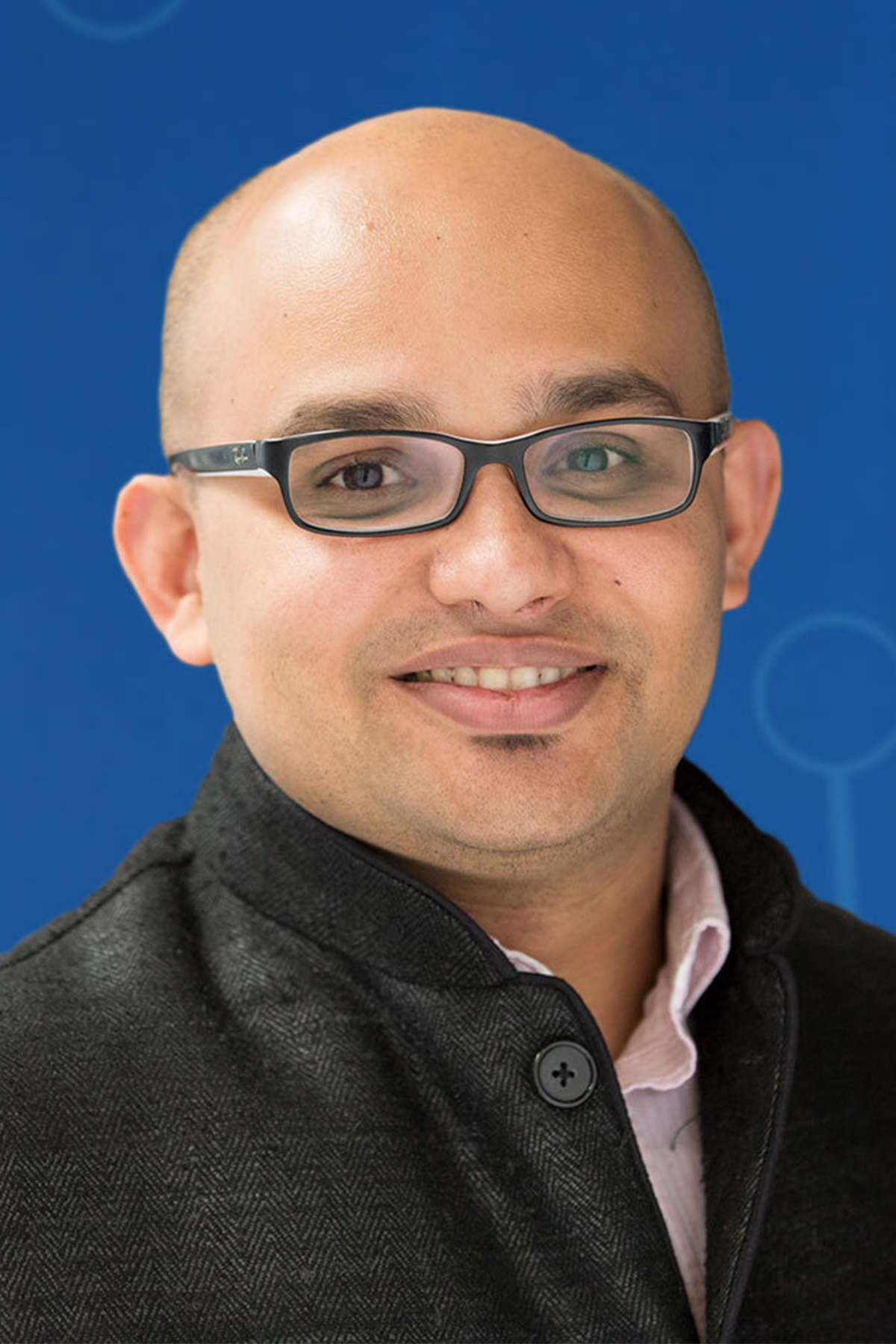
Arkarup Banerjee, Ph.D., Assistant Professor, Cold Spring Harbor Laboratory, Cold Spring Harbor, NY
Neural Circuit Mechanisms for Behavior Novelty
The origins of diverse behavioral traits have fascinated biologists for centuries. Many studies have identified genetic pathways that influence animal behavior, but the neural circuit basis of how complex behaviors evolve, especially in mammals, remains largely elusive. Since behaviors do not fossilize, a powerful strategy is to compare recently-diverged species that display striking behavioral differences.
The Banerjee lab studies vocal communication across rodents with a special emphasis on the Alston’s Singing Mouse—a New World rodent native to the cloud forests of Central America. Unlike most rodents that emit only soft, variable, ultrasonic vocalizations, these singing mice also produce loud, stereotyped, human-audible songs used for fast vocal interactions resembling human conversation. Using this model system, the Banerjee lab pursues two complementary questions: How does the auditory system interact with the motor system to generate the fast sensorimotor loop required for vocal interactions? And how do changes in neural circuits enable the rapid evolution of novel vocal behaviors?
Josefina del Mármol, Ph.D., Assistant Professor, Harvard Medical School, Cambridge, MA
Sensing Water and the Evolution of Terrestrialisation in Invertebrates
Conquering a new ecological habitat requires physiological adaptations that, in extreme cases, involve the development of new organs and sensory abilities. Amongst the most drastic examples of such adaptations is the colonization of terrestrial niches by marine invertebrates. This transition resulted in the emergence of a new sense: the sense of humidity, to inform animals on water content in the air and avoid desiccation. How does an organism develop a new sensory modality from scratch?
This proposal examines the acquisition of humidity sensing to support life in terrestrial niches, by investigating the form, function and evolutionary history of an ancient family of invertebrate sensory receptors used to sense humidity in terrestrial invertebrates. These explorations will shed light on the molecular and mechanistic bases of sensory innovation and how sensory receptors can be repurposed by evolution to serve a new role that gave rise to life on land and, ultimately, reshaped life on earth.
Chantell Evans, Ph.D., Assistant Professor, Duke University, Durham, NC
Mechanistic Insights into Neuronal Mitophagy During Homeostasis and Neurodegeneration
Neurodegenerative diseases like Parkinson’s, Alzheimer’s, and ALS are caused by the gradual loss of neurons. These diseases have a profound impact on patients, their families, and the healthcare system, and there are currently no known cures for them. While scientific advances have identified genes associated with increased risk for neurodegenerative diseases, the underlying mechanisms driving these diseases remain elusive.
Through her research, Dr. Chantell Evans is gaining a deeper understanding by delving into the molecular mechanisms that enable neurons to maintain their health through mitochondrial control. Her team is uncovering how neurons actively remove damaged mitochondria via the mitophagy pathway and how mitophagy dysregulation contributes to disease onset. Using cutting-edge live-cell imaging and other advanced tools, she will investigate how the spatial and temporal dynamics of mitophagy are altered in response to neuronal activity and how changes in mitophagy rates may render neurons more susceptible to disease. By understanding these processes at the molecular level, Dr. Evans’ research could uncover novel mechanisms to slow or stop the progression of neurodegenerative diseases, offering a hope for future breakthroughs.
Yvette Fisher, Ph.D., Assistant Professor, University of California, Berkeley, Berkeley, CA
Exploring the Cellular and Circuit Mechanisms That Support Persistent Yet Dynamic Spatial Coding
To maintain a sense of direction, our brain tracks our body’s movements as well as surrounding landmarks. However, these signals can change: a prominent landmark might disappear behind a cloud, or a chronic leg injury can alter the amount we move with every step we take. How does the brain construct and maintain a coherent sense of direction that flexibly accommodates such changes?
Dr. Yvette Fisher’s research seeks to use navigational circuitry to understand how neural circuits perform different computations under different conditions. Dr. Fisher and her team explore this question using the brain of the fly, Drosophila. Many insects are expert navigators and the circuits that hold the fly’s internal compass have been recently identified within a brain region that is highly conserved across insects. By combining the fly’s advanced genetic toolbox with accessibility to sa vivo electrophysiology and 2-photon imaging during behavior, this research will explore how real-time changes in synaptic physiology, intrinsic excitability, and circuit dynamics enable the fly’s brain to form a faithful sense of direction under varying conditions and behavioral states.
Christine Grienberger, Ph.D., Assistant Professor, Brandeis University, Waltham, MA
Dissecting Neocortical Plasticity Mechanisms During a Sensory Associative Learning Task
We often take for granted the brain’s remarkable ability to learn—whether it’s forming new habits, recognizing meaningful sounds, or vividly recalling moments from years past. Yet the cellular mechanisms that allow the brain to transform fleeting sensory experiences into lasting changes in behavior remain poorly understood. A central question is how neurons in the sensory cortex adapt as we learn, and what algorithms govern these changes.
Dr. Christine Grienberger addresses this question by studying how the brain’s plasticity mechanisms reshape neural activity during learning. Her lab uses high-resolution imaging and electrical recording techniques in awake, behaving mice to investigate how individual neurons adjust their responses when animals learn to associate specific environmental cues with rewards. By linking cellular-level plasticity to changes in perception and behavior, this research aims to uncover core principles of how the brain learns from experience. These insights may ultimately support the development of new therapies for neuropsychiatric disorders and inspire new directions in artificial intelligence.
Theanne Griffith, Ph.D., Assistant Professor, University of California, Davis School of Medicine, Davis, CA
Noncanonical Roles for Sensory Input in Motor System Development and Adaptation
Animals that require purposeful movement for survival are endowed with an intuitive awareness of where their body parts are in space, called proprioception, which is required for both gross and dexterous movements. Proprioceptors are the specialized sensory neurons in the peripheral nervous system that initiate proprioceptive signaling and are traditionally known for their ability to shape motor function by encoding muscle length and force. Work in Dr. Theanne Griffth’s lab is aimed at demonstrating that their physiological functions are more complex and far-reaching.
In her research, Dr. Griffith is uncovering a new role for sensory proprioceptive signaling as a key driver of developmental and adaptive processes within motor systems. Using an integrative systems physiology approach that spans tissues and timescales, her work will radically transform how we view proprioceptors in sensorimotor networks and potentially reveal novel mechanisms that serve as footholds for future therapeutic advances to treat developmental and degenerative diseases.
Matthew Lovett-Barron, Ph.D., Assistant Professor, University of California, San Diego, La Jolla, CA
Neurobiology of Expanded Perception in Animal Collectives
In animal collectives such as flocks of birds and schools of fish, the effects of sensory stimuli spread through groups, as each individual responds to its neighbors’ actions. This social information transmission extends each animal’s awareness beyond its immediate sensory range, enhancing navigation, foraging, and predator avoidance. However, the neural mechanisms that allow individuals to perceive and respond to their social partners’ actions remain largely unknown.
Dr. Lovett-Barron will investigate these mechanisms in glassfish, a small optically-accessible fish that schools using vision. By imaging neural activity across the brains of glassfish engaged in a social virtual reality, the Lovett-Barron lab will identify the neural circuits that enable fish to extract relevant cues from the movements and postures of their neighbors. This investigation will show how neural processing of social visual signals enables coordinated group actions, providing key insights into how multiple brains generate adaptive collective behaviors in nature.
Lucas Pinto, M.D., Ph.D., Assistant Professor, Northwestern University Feinberg School of Medicine, Chicago, IL
Disentangling Cognitive Computation in the Cortex
Cognitive behaviors like decision making arise from component processes. For example, when navigating without GPS, deciding which way to turn requires integrating visual information with your plans and internal spatial map. Each of these component processes engage similar sets of regions of the cerebral cortex. But how can the same region support different processes?
Dr. Pinto and his team will probe how information flow through cortical circuits is rerouted on the fly by neuromodulatory molecules to meet cognitive demands. They have leveraged their expertise in computer-automated behavioral training to create a decision-making task for mice navigating in virtual mazes, which disentangles several cognitive processes for the first time. While mice perform this task, Dr. Pinto’s lab will use cutting-edge sa vivo microscopy tools to measure and perturb the activity of cortical neurons, and of the cortical and neuromodulatory inputs they receive. This work will generate transformative circuit-grounded accounts of flexible cognitive computation in the cortex.
Sergey Stavisky, Ph.D., Assistant Professor, University of California, Davis, Davis, CA
Understanding — and Restoring — Language by Measuring Cellular-Resolution Human Neural Ensemble Dynamics
Language is a unique human capability. It sits at a vertex with other cognitive abilities, including memory and executive control, and underpins both our individual and societal intelligence. Due to the lack of animal models and the rarity of human brain recording, little is known about the biological basis of language at the resolution of circuit computation – individual neurons. Moreover, we have no technologies to repair the devastating loss of the ability to communicate through language due to neurological injury.
Dr. Stavisky and his team hope to address this neuroscientific and medical gap by identifying the neural representations of semantic features across the brain’s language network. They will record from thousands of individual neurons in human participants through the lab’s brain-computer interface (BCI) clinical trials and other neurosurgical opportunities. By identifying the encoding scheme for specific concepts across the neural ensemble, this work will advance our understanding of the computational basis of human language. It may also point to better architectures for artificial intelligence systems. Last but not least, this project aims to develop a language neuroprosthesis that will enable individuals suffering from language disorders to effectively communicate.
Alex Williams, Ph.D., Assistant Professor, New York University and the Flatiron Institute, New York, NY
Computational Methods to Characterize Variability in Large-Scale Neural Circuits
Dr. Williams investigates how large networks of neurons can function reliably, even though both the brain and behavior are naturally variable and often noisy. Traditionally, scientists have averaged brain activity across many trials and individuals, which hides important differences. The Williams lab develops new computational methods to capture unique patterns of neural activity in individual animals and behavioral trials. By doing so, they aim to uncover how differences in brain activity relate to differences in behavior, and to distinguish between healthy variability and signs of dysfunction.
To achieve these goals, the Williams lab develops novel statistical methods and theoretical frameworks that apply broadly across different brain areas, model organisms, and behavioral protocols. Their past work has developed approaches to capture moment-to-moment changes in response amplitude, timing, and recurring sequences or “motifs” in neural activity, all of which may underlie processes like learning, attention, and decision-making. In other work, they have introduced methods to describe how neural response noise is modulated by sensory and behavioral inputs, and how the structure of neural responses varies across individual animals or species. Ultimately, their work aims to provide a clearer picture of how the brain’s natural variability supports flexible and robust behavior, and to deliver practical tools that can be used across many areas of neuroscience research.
